On the night of Dragon Boat Festival, when all began to quieten down, the rainy season started to rest. While reading my younger friend Dong Jie’s publication, it seemed that I had experienced the arrival of spring winds, the ups and downs of life in the volumes. Still I recalled that in the Year of Gengchen, we made friends in Guangzhou, and he showed me his research on printmaking for The Romance of West Chamber. I believed that his wording and essays were so worthy that his masterpiece may soon be acclaimed.
As twenty years have passed, I have aged and become withered with diseases. Although I knew that the suffering and fatigue were not forever, I eagerly love a life with books, several friends often talked with me and comforted me. Dong Jie’s new book also brought me an increasing relief. We are good friends with an age gap but we would like to talk with each other every time we met. His profound study of ancient prints has benefited me a lot, his knowledge on the history of traditional Chinese operas has widened my learning, and his concentration in reading was so profound that nothing can stop him from the reach of the world. Therefore I used five silk threads to pray for good luck for him and eight-line notepaper to write down my best wishes, which is as far-reaching as the misty water of the West Lake.
—Professor Fan Jingzhong wrote the inscription for the book, and the calligraphy was written by Zhou Xiaoying for Dong Jie.

 The Printed Matter of Woodcut Illustrations for the 16th-17th Century Chinese Drama Books (with Commentary)
The Printed Matter of Woodcut Illustrations for the 16th-17th Century Chinese Drama Books (with Commentary)
Having selected from 100 rare books from the Ming and Qing Dynasties in public and private collections from China and other countries, and over 700 illustrations, Woodcut Illustrations for the 16th-17th Century Chinese Drama Books (with Commentary) edited by Professor Dong Jie from the China Academy of Art was recently published by Zhejiang People’s Fine Arts Publishing House. It consists of 7 volumes: the first 5 volumes include selected woodcut illustrations of 98 drama books; the last 2 volumes are concertina binding forms, which respectively record Ling Yingchu’s Qian Qiu Jue Yan Tu 千秋絶艷圖 and Min Qiji’s Huizhen Tu 會(huì)眞圖. In all aspects of paper, printing and binding, this book aims to restore ancient books, thus providing images that are closest to the original works for the study of the history of printmaking, so that readers can appreciate the elegant taste of the ancient world, which can be defined as the concept of “books as art”.
Each volume is accompanied by “Commentaries by Woodcut Workshop Studio”(棗梨工房雜綴), which provides a detailed analysis of the selected woodcut illustrations. This book is rare and a precious book label is included with the book. Rich and exquisite imagery, diverse and detailed historical materials, convincing textual research, skilled writing and moving narration constitute the latest achievements in case studies on Chinese printing history. This stunning book reveals the world of printmaking and print culture in the 16th-17th Century Chinese.
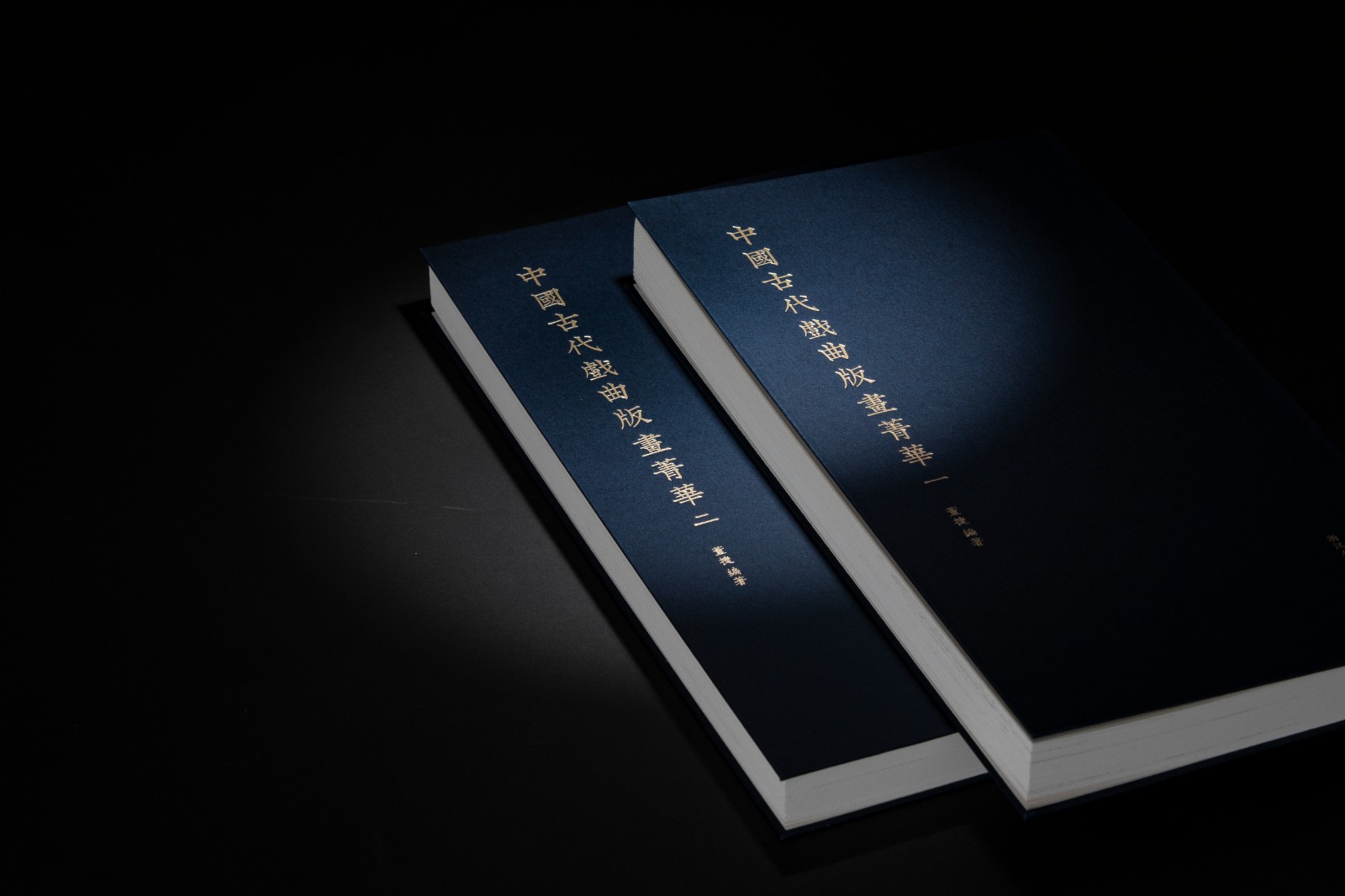 The Printed Matter of Woodcut Illustrations for the 16th-17th Century Chinese Drama Books (with Commentary)
The Printed Matter of Woodcut Illustrations for the 16th-17th Century Chinese Drama Books (with Commentary)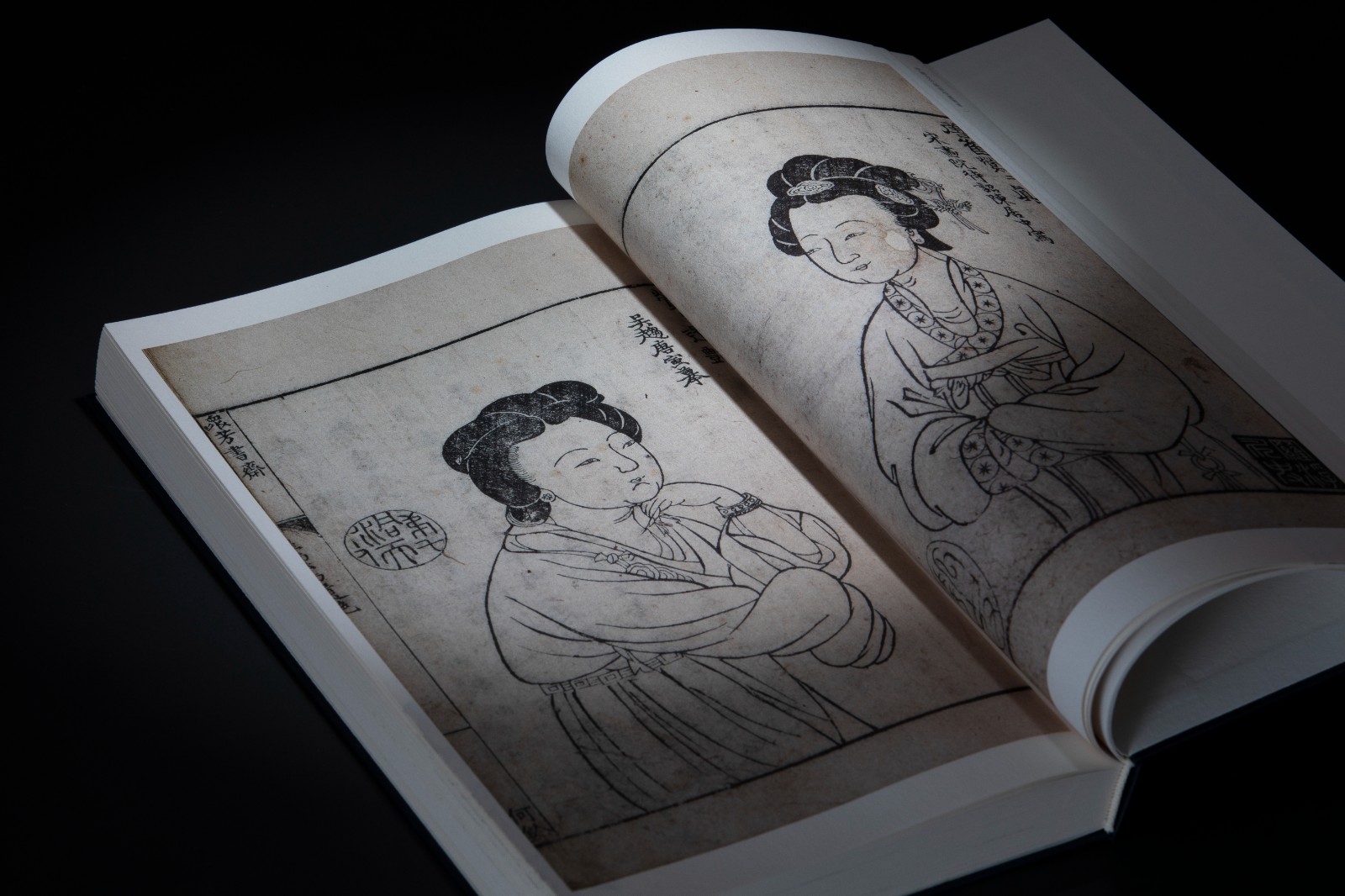 In the third year of Longqing Reign, Ming Dynasty (1569), Zhongfang Study, Zeng Bian Hui Zhen Ji 增編會(huì)眞記
In the third year of Longqing Reign, Ming Dynasty (1569), Zhongfang Study, Zeng Bian Hui Zhen Ji 增編會(huì)眞記
The book collects almost all the important editions of ancient Chinese prints for drama books, many of which are published for the first time. In the past, research on the history of Chinese printmaking, most of the materials were limited to the books from the public collections around Beijing, especially the research on literary prints, and the research vision rarely surpassed the old collections and writings of Zheng Zhenduo and Fu Xihua. Woodcut Illustrations for the 16th-17th Century Chinese Drama Books (with Commentary) edited by Dong Jie is aimed at libraries and private collections outside Beijing and even overseas. Many works are those that have never been photocopied before. The urgent task of this publication is focused on addition and expansion of historical materials in Chinese printmaking. Upon this occasion, CAFA ART INFO conducted an exclusive interview on the origin, compilation, and the process of data collection of Woodcut Illustrations for the 16th-17th Century Chinese Drama Books (with Commentary), and the author’s academic opinions, future research and publication plans were revealed.
 Dong Jie
Dong Jie
His family originated from Ning’an, Heilongjiang.
He was born in Hangzhou, Zhejiang in 1980.
In 2008, he graduated from the Department of Art History, School of Arts and Humanities, China Academy of Art, with a doctorate in literature. He has been teaching there so far.
He was promoted to Professor in 2017 and since 2022, he has served as a Doctoral Supervisor in the Direction of “Book Art History.”
He has studied the history of ancient Chinese art and printmaking with guidance from Mr. Fan Jingzhong over the past twenty years. His monographs include An Analysis of Printmaking in The Romance of the West Chamber 西廂記 from Ming and Qing Dynasties, Printmaking and Its Creators: Huzhou Book-carving and Printmaking Creations in the Late Ming Dynasty, Woodcut Illustrations for the 16th-17th Century Chinese Drama Books (with Commentary) and so on. He has also published more than 20 related essays, and served as the Editor-in-chief of the book series New Series of Ancient Chinese Printmaking and Classical Translation Series of World Printmaking History, and presided over or participated in 10 projects of various types at all levels.
He has held more than 10 lectures in many professional academic institutions. He planned or participated in more than 20 solo and group exhibitions of ink painting and printmaking. He won the second prize of the 6th National Teaching Achievement Award, the second prize of the 8th Outstanding Scientific Research Achievement Award of Higher Education Institutions, and the nomination of “National 100 Excellent Doctoral Dissertations”. He was a HYI Art History Training Program Visiting Scholar from 2010-11 at the Harvard-Yenching Institute in the United States, a young top-notch talent of the “Ten Thousand Talents Program” of Zhejiang Province, and a high-level top-notch talent of the “Leading Talents Training Program of Colleges and Universities in Zhejiang Province”.
CAFA ART INFO: Hello Prof. Dong, first of all, congratulations on the publication of Woodcut Illustrations for the 16th-17th Century Chinese Drama Books (with Commentary). Why are you interested in dramatic prints? Please tell us about the original intention and aim of this publication, as well as its influence on the academic world.
Dong Jie: From the middle and late Wanli Reign of Ming Dynasty, Chinese printmaking art stepped onto a most splendid stage, which was also the new peak of ancient Chinese operas(dramas). A large number of legendary works such as The Peony Pavilion 牡丹亭, The Story of the Righteous Hero 義俠記 and The Story of the Red Plum 紅梅記 were all born during this period. The representative works of Zaju (mixed drama or play, one of the major forms of Chinese drama) in Yuan Dynasty and nanxi or Southern drama (and later the chuanqi), The Romance of the West Chamber 西廂記 and The Story of Pipa 琵琶記, as examples of drama creation, have been continuously published, and there have been exquisite editions one after another. The literati class, as the most important group of authors, readers and audiences of dramas, attaches great importance to the overall quality of drama books, and the prints and illustrations in them play a key role. The blending, interaction and symbiosis of the two arts have left us with many boutiques with different styles and competitive expressions.
Centering around the drama editions that were at the forefront of the change of printmaking styles in the late Ming Dynasty, we can find bookstore owners at different levels, legendary authors with profound artistic accomplishment, wealthy businessmen eager to gain literati identity, celebrities and gentlemen who were fond of dramas, painters and engravers who had excellent and unique skills appeared one after another, interacting, communicating, while affecting the development trend of the printmaking style. Especially in the Qizhen Reign of the late Ming Dynasty, some high-level drama books continued to emerge, which made the artistic value of printmaking independent of the text to be highlighted at an unprecedented height, which indicated the hidden or obvious competition among engravers led by the literati.
Therefore, the illustrations for drama books are the most artistic masterpieces in the history of Chinese printmaking, and they also provide a fantastic window for us to observe the social history, economic history and cultural history of the Ming and Qing Dynasties.

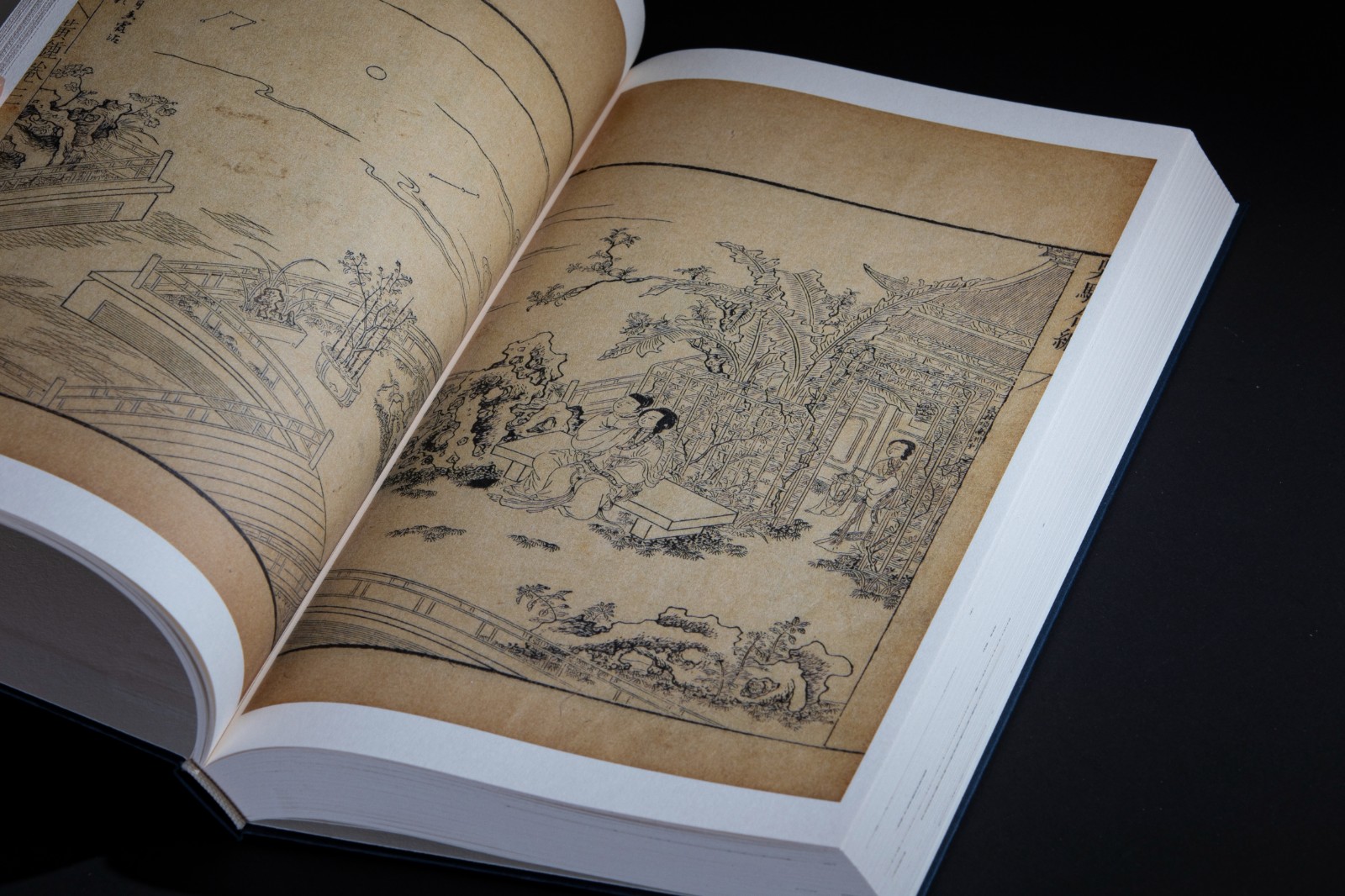 The Printed Matter of Woodcut Illustrations for the 16th-17th Century Chinese Drama Books (with Commentary)
The Printed Matter of Woodcut Illustrations for the 16th-17th Century Chinese Drama Books (with Commentary)
CAFA ART INFO: The book includes 100 rare books from the Ming and Qing Dynasties from public and private collections with more than 700 selected illustrations, many of which are published for the first time. With so many precious documents, it can be seen that it was not easy to collect them. Please share with us the collection method and process behind it.
Dong Jie: In the previous research and publication of drama prints, the materials were mostly limited to the books in the public collection around Beijing. The compilation of pictures for this book is mostly aimed at libraries outside Beijing, overseas, and private collections. Many works are photocopies that have never been seen before. The intention is not to arouse curiosity, but it is the urgent task of supplementing and expanding the historical materials of printmaking.
Among the rare prints in the Shanghai Library, Guanhuaxuan’s edition of The Story of Jade Hairpin 玉簪記 is particularly precious. There is the Huanyazhai’s version of The Story of Jade Hairpin in the old collection of Xidi (Zheng Zhenduo) which he donated to the National Library of China. Mr. Zheng Zhenduo loved it so much that he left a long postscript at the back of the book. However, this version is actually based on the Guanhuaxuan’s version. The Huancuitang’s version of The Romance of the West Chamber 西廂記 and the first edition of Ling Mengchu’s Northern Hongfu 北紅拂 are the only copies that can be seen in the Shanghai Library. The former reflects the influence of the literati’s “study landscape” on the creation of illustrations, while the latter implies that engravers were competing with their comparisons. Each of them reveals an important historical fact about the evolution and variation in printmaking style. The academic circles have little knowledge of the ancient prints in the Zhejiang Library collection. Sheng Ming Zaju Episode II 盛明雜劇二集 selected in this publication has excellent paper and ink skills, and the engravings are exquisite, which was the first print compared to the collection in the National Library of China. The famous illustrations by Chen Laolian in The Romance of the West Chamber with Original Prints by Zhang Shenzhi (張深之正本)北西廂記 which is in the collection of the National Library of China, were damaged. What was collected in this book was from the collection of Zhejiang Museum, and it’s first print and has been preserved well. Wanhuxuan’s version of The Romance of the West Chamber 西廂記 is the original representative of the fine style of printmaking. It was kept well, and it has never been shown in full. The historians of printmaking have been looking for its traces but failed, this time it was generously approved by the Anhui Museum and made public. Its significance is far beyond the enjoyment.

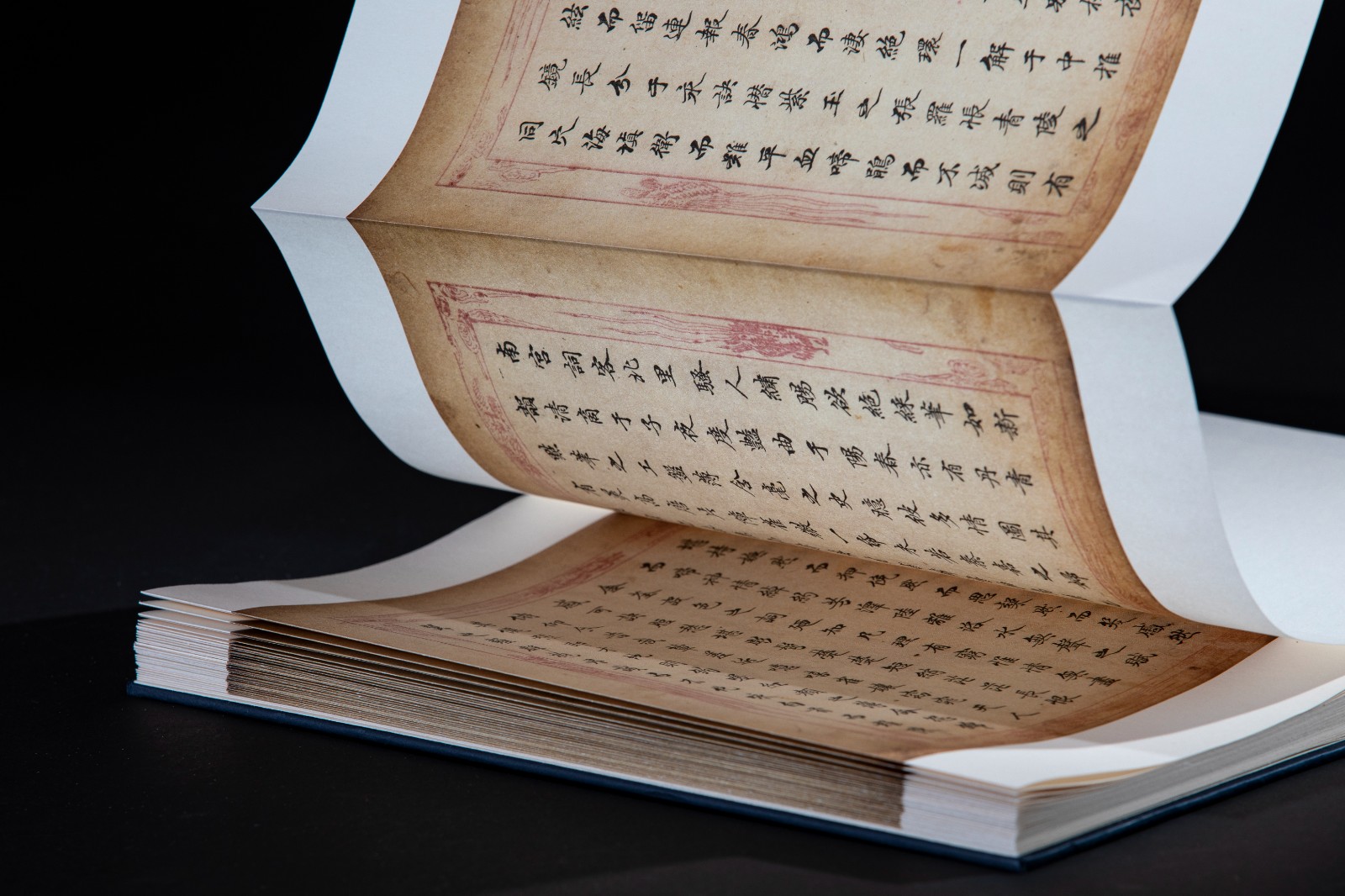 The Actual Appearance of Woodcut Illustrations for the 16th-17th Century Chinese Drama Books (with Commentary)
The Actual Appearance of Woodcut Illustrations for the 16th-17th Century Chinese Drama Books (with Commentary)
In addition, some famous items from private collectors’ were also refreshed. Both the National Library of China and the Shanghai Library have the Qifengguan’s version of The Romance of the West Chamber 西廂記. Unfortunately, the preface at the front of the volume was incomplete in both editions, especially in the collection from the National Library of China; It is a pity that many printed faces from the collection of Shanghai Library were defiled by children and “Portrait of Yingying” was missed. In the spring of the Year Wuxu, I got the opportunity to look at this volume which was kept by the descendants of the Zhou family based at Dongzhi County. Although only its upper half was well preserved, the prints were clean and elegant, and the entire text of the preface can be read. The value of its literature is irreplaceable. We also set our sights on overseas collections, with Japan as our preferred destination. Many of the drama books found in Japan are rare treasures, and the collection of the Literature Department of Kyoto University alone is quite impressive, including Jizhizhai’s The Story of Jade Box 玉合記, Huancuitang’s The Story of Lion’s Roar 獅吼記, and Huancuitang’s The Story of Pipa 琵琶記 and other isolated and rare books. Through the high-quality prints, the “return” of these printmaking plates is realized, like meeting an old friend, and our joy was beyond words.
CAFA ART INFO: You once put forward the academic view that “the research into the history of printmaking should emphasize the role of philology.” How is it reflected in this book?
Dong Jie: I came up with this point of view from my thinking and experiments when I was visiting the Harvard-Yenching Institute in the United States from 2010 through to 2011, that is, using ancient books and materials stored in the Harvard-Yenching Library, I wrote a number of case studies on the history of printmaking. After I returned to China, I selected the comparatively complete ones to revise and they were edited into the article “Notes on Reading around Yanyun: Two New Evidences in the History of Printmaking in the Late Ming Dynasty”, which was published in New Arts. In the subsequent practice, I also felt that this diary-style research based on original texts, works, and cases was very suitable for the basic research on the history of printmaking in the Ming and Qing Dynasties, and it is conducive to giving full play to the core role of documents in historical research, so that the edition study, bibliography, and social history of art, style study, and iconography are combined. Over the past ten years, I have insisted on this notebook-style research and writing. This time, I have combined the relevant notes into “Commentaries by Woodcut Workshop Studio” (棗梨工房雜綴), which actually has tens of thousands of words. Although it is scattered, it includes the discussions of many important issues in the history of prints for drama books, which are reserved for the future, or it may be complied as a more complete chapter.

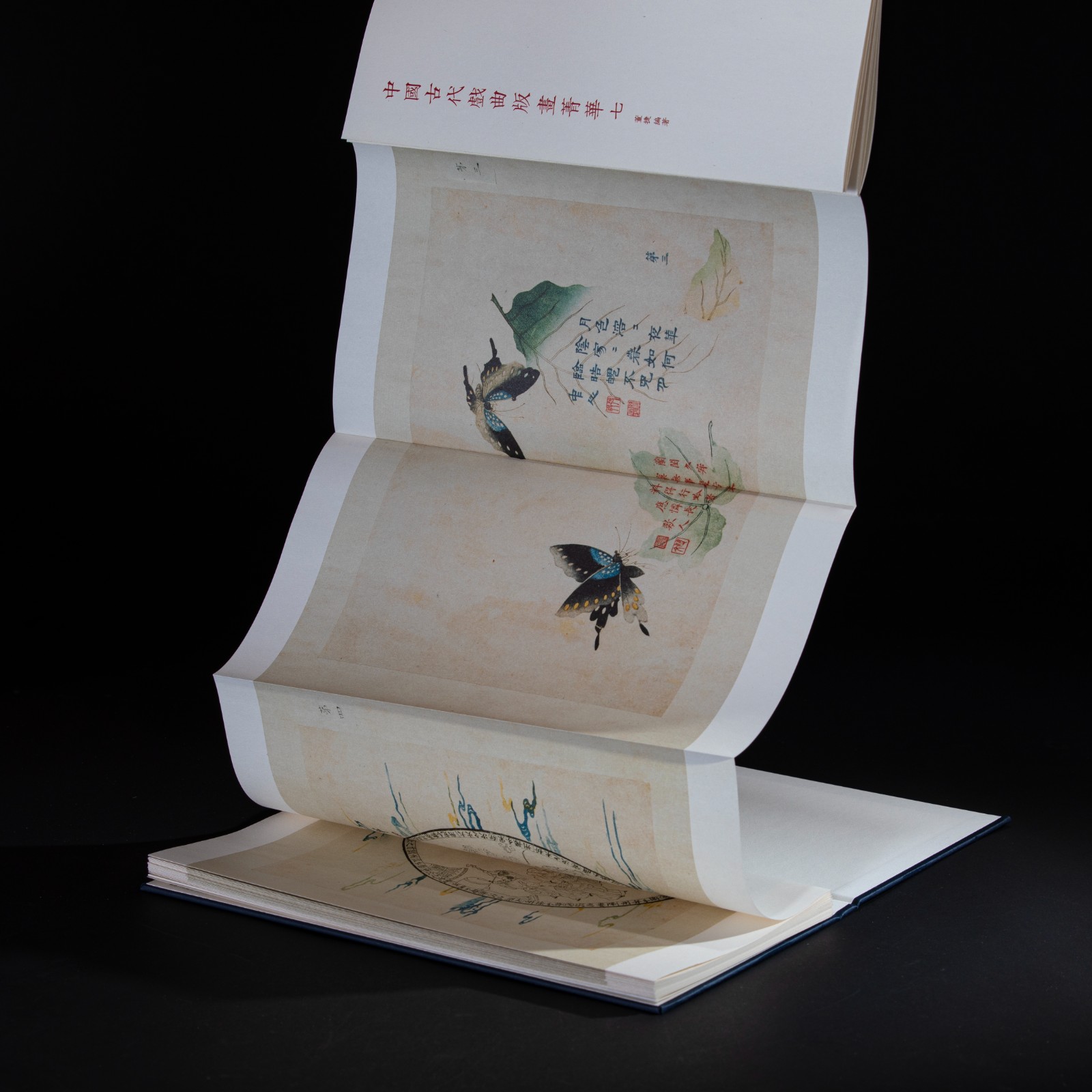 The Actual Appearance of Woodcut Illustrations for the 16th-17th Century Chinese Drama Books (with Commentary)
The Actual Appearance of Woodcut Illustrations for the 16th-17th Century Chinese Drama Books (with Commentary)
CAFA ART INFO: This set of books was examined by you in all aspects of paper, printing, and binding, and it is important to restore the original appearance of ancient books. It can be regarded as art itself, and what’s the significance of this work for you?
Dong Jie: Woodcut Illustrations for the 16th-17th Century Chinese Drama Books (with Commentary) is a little commemoration of my twenty-year study of art history and printmaking history following Mr. Fan Jingzhong. It is also a footnote I made for Mr. Fan’s opinion that “books as art” from its content to its form. The starting point for this book is very simple: first of all is to provide images that are close to the original for the research in the history of printmaking. Therefore, every link in the script, plate making, paper, printing, and binding cannot be neglected; secondly, “Commentaries by Woodcut Workshop Studio” (棗梨工房雜綴) is attached to the end of each volume. It re-organizes some issues in the history of printmaking for drama books, and further provides its own interpretation. It also accumulates some in-depth clues for the continued development of the subjects in printmaking history. If there is any desire beyond the scope of research in the history of printmaking, it is intended to usher in the profound realm of “books as art” upheld by the ancients through the thousands of pages of books, and to reveal this wonderful interest so that it will not be forgotten through the passage of time.
CAFA ART INFO: You have been engaged in art history and printmaking history research with Mr. Fan Jingzhong for 20 years. Your previous monograph Printmaking and Its Creators: Huzhou Book-carving and Printmaking Creations in the Late Ming Dynasty also won the Achievement Award in Humanities and Social Sciences issued by the Ministry of Education. Please talk about your future research or publication plans.
Dong Jie: Woodcut Illustrations for the 16th-17th Century Chinese Drama Books (with Commentary) was so popular, which was completely beyond my imagination. It cannot be bought any more, which probably exceeded the prediction of the Publishing House, so we immediately began to look forward to the next cooperated project. It is an anthology of ancient Chinese prints on the theme of gardens. It will continue the selected thread of Woodcut Illustrations for the 16th-17th Century Chinese Drama Books (with Commentary). What I am currently working on is another set of books: Classic Translations of World Printmaking History, which is also in cooperation with Zhejiang People’s Fine Arts Publishing House, and classic works in related fields in Europe and the United States will be selected to solve the problem of the international perspective of printmaking history. The authors of the selected works have all served as professional heads of world-class print collection institutions, and they are active in the front line of printmaking appreciation, collection and research, while mastering first-hand information, and practicing a first-class vision. At present, my own translation of How Prints Look has entered the publishing process and its author is William Ivins, the founder of the Department of Drawings and Prints at the Metropolitan Museum of Art. His successor Hyatt Mayor’s book Prints & People is being translated by my colleague Hong Xiaoting. There will be several books to follow, dealing with the basic principles of Western printmaking, Renaissance printmaking, and Impressionist printmaking, all by renowned researchers. For the domestic printmaking circles and research circles, who hardly see any works on the history of Western printmaking, the translation and introduction of these works may solve the urgent need.
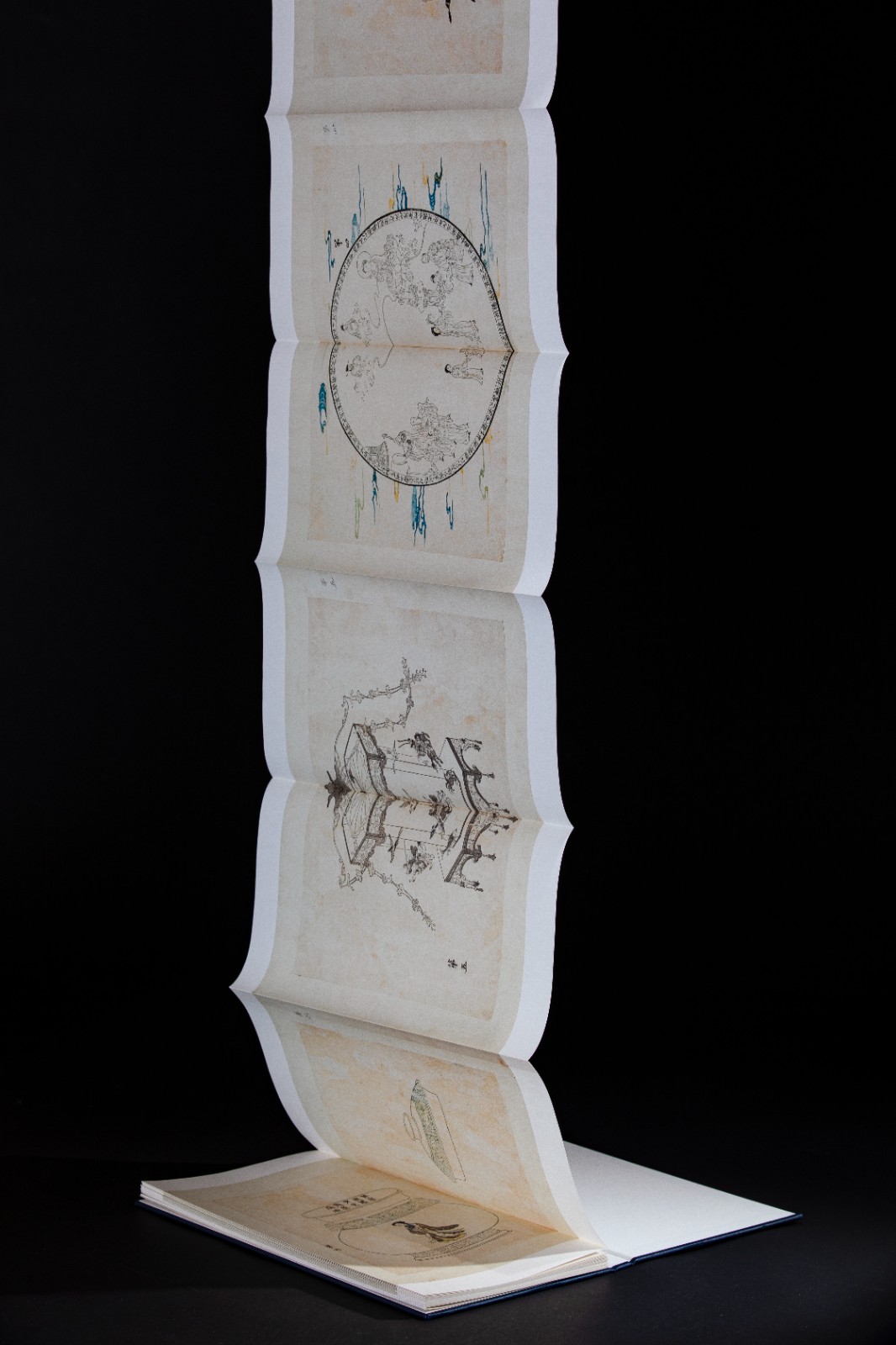
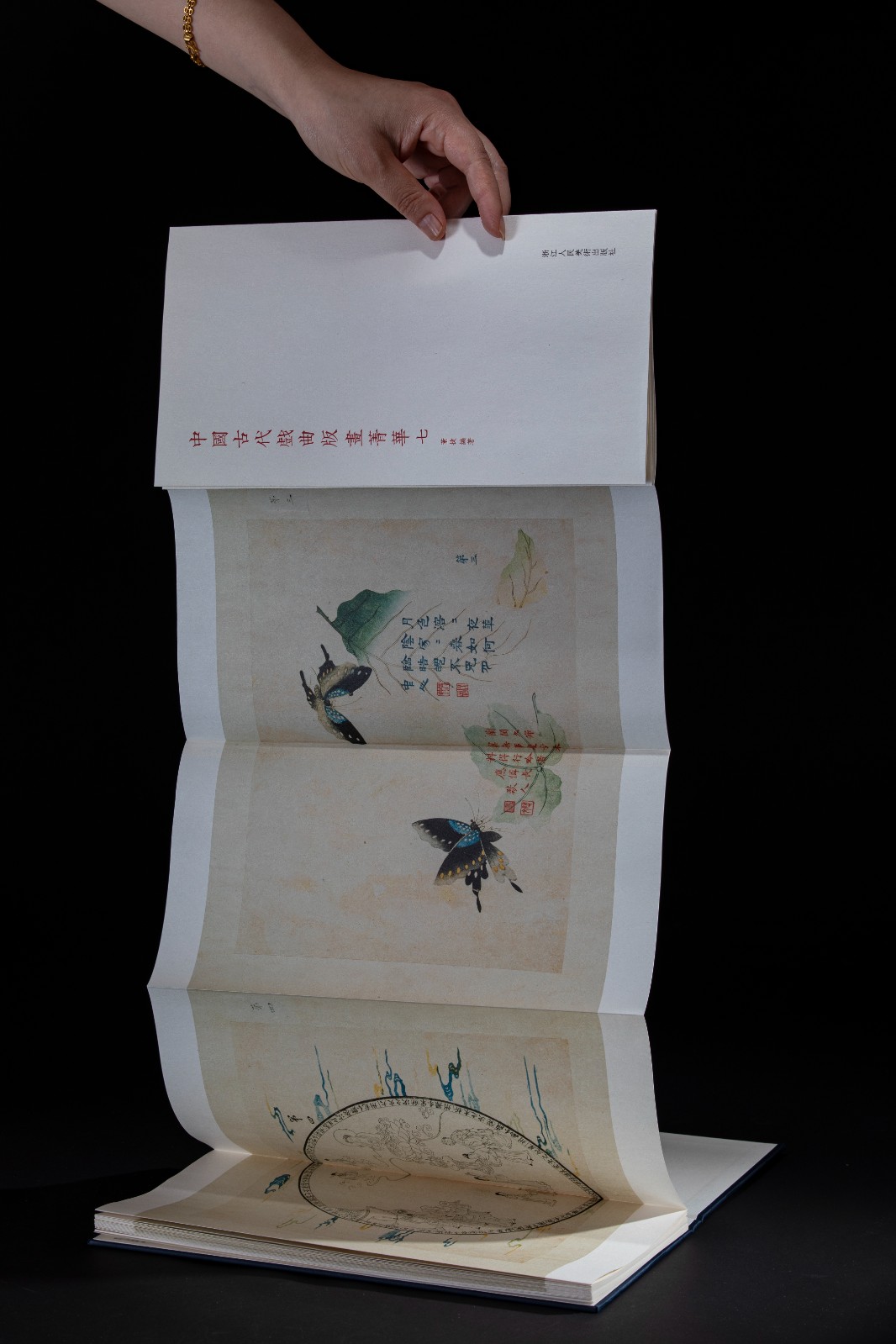
The Actual Appearance of Woodcut Illustrations for the 16th-17th Century Chinese Drama Books (with Commentary)
In addition to that, the “Book Art History Research” doctoral program has also begun to recruit candidates. Mr. Fan took the lead and invited Mr. Weng Lianxi from the Palace Museum to jointly guide the doctoral candidates. This research direction, with Mr. Fan’s concept of “books as art” as the core, focuses on the history of printmaking, but is not limited to it at all. I also hope to continue my studies with Mr. Fan and Mr. Weng. In conjunction with the doctoral teaching, we also tried to hold the “Book Art and Printmaking History Workshop” at the China Academy of Art. Of course, what I value most is the writing of monographs on the history of printmaking. My previous work Printmaking and Its Creator won the award the year before last, but I know that there are already hundreds of places that need to be modified. I hope to be able to do it within three years and the revised version can be published together with my new book, Thoughts and Insights from Woodcut Workshop Studio 棗梨知見(jiàn)錄.
Mr. Fan and his generation of scholars have been devoted to the cause of Chinese art history for more than 40 years. Now the baton is in the hands of our generation. We cannot lose the baton or go astray, and we shall continue to move forward. My ability is very limited, and I may only be able to focus on the history of printmaking throughout my whole life. I think it is not difficult for one to do a good thing in a lifetime, but it is quite difficult to do one thing well in a lifetime.
Interviewed and edited by Yang Zhonghui, translated by Sue Wang/CAFA ART INFO
Image Courtesy of the Author.




























